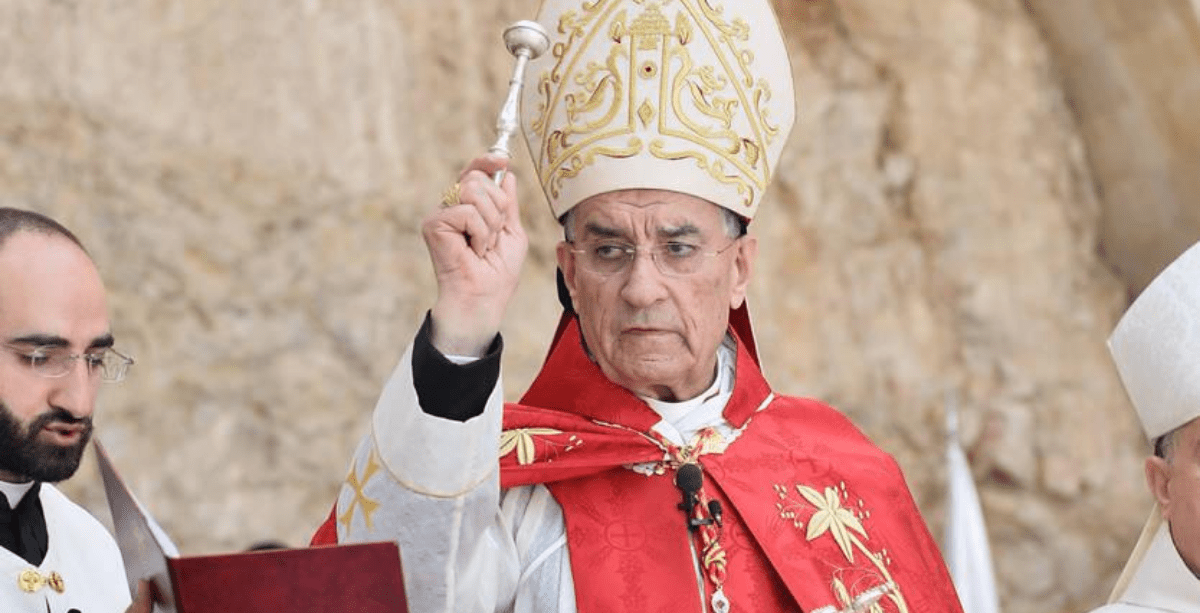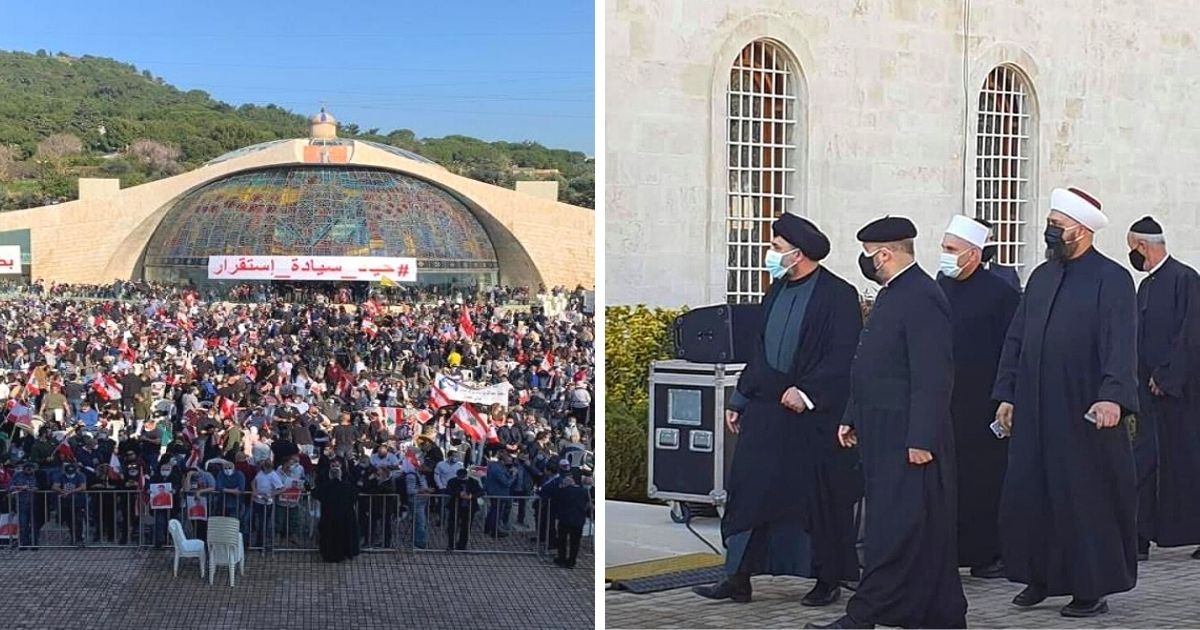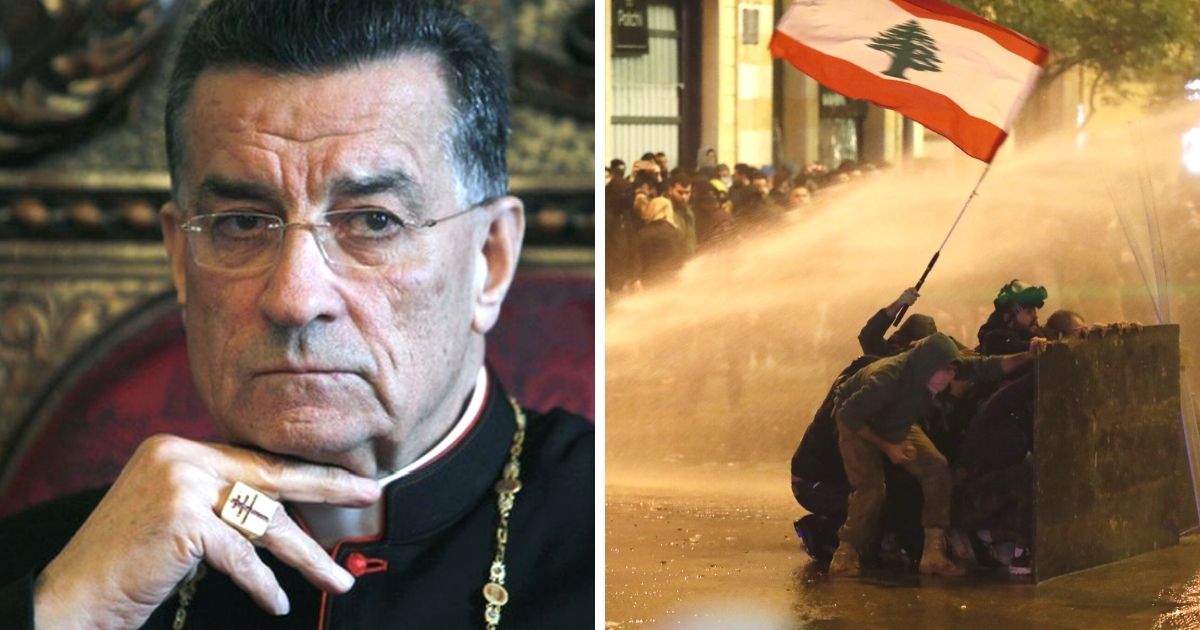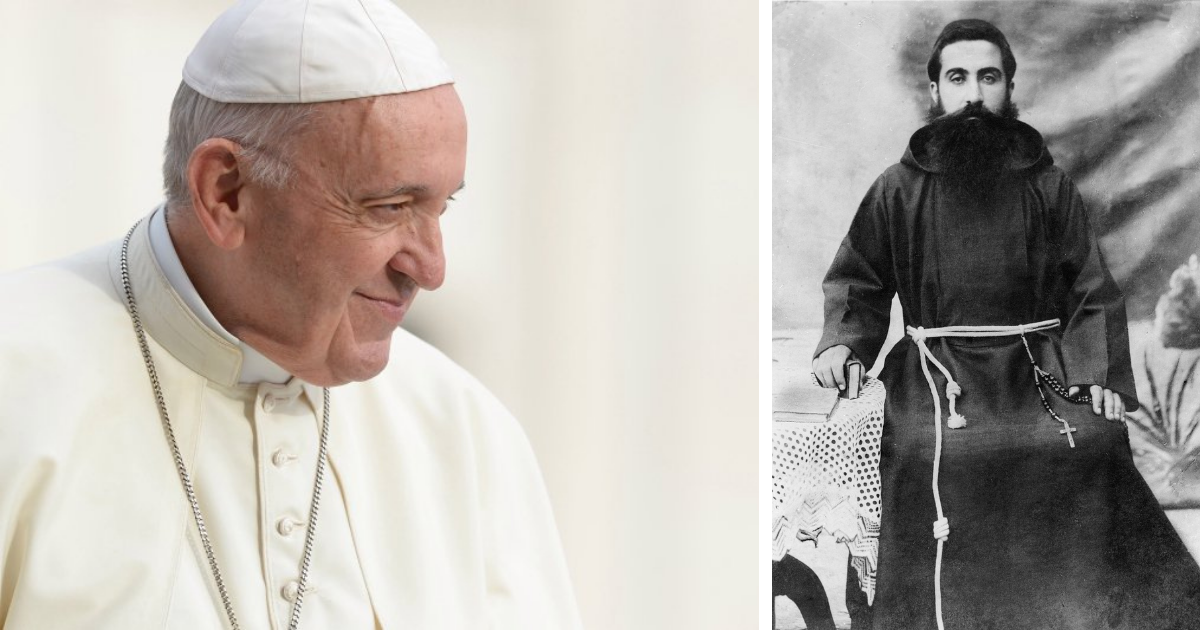Maronite Patriarch Emeritus Mar Nasrallah Boutros Sfeir passed away early Sunday at the age of 98, after suffering from a chest infection. Since then, the nation has been grieving the departed spiritual leader and remembering his most remarkable life events. In his memory, and for our readers who know little about him, here is an inside look at his life, achievements, and retirement.
Early Life:
Nasrallah Boutros Sfeir or Victor Petrus Sfeir was born on May 15, 1920, in the mountain village of Rayfoun, Kessrwan, to Maroun Sfeir and Hanneh Fahed from Ghosta. He was the only son of the family, and a brother to five sisters: Matilla, Jaouhara, Odette, Laure, and Melanie.
Education:
1933-1939: Sfeir started his primary and complementary studies at Mar Abda School in Harharaya-Aramoun, Kessrwan, to then complete his secondary studies at St. Maron Patriarchal seminary in Ghazir, Kessrwan.
1940-1950: He enrolled at the Oriental Seminary Institute of Saint Joseph University in Beirut, graduating in philosophy and theology.
Ordination:
In 1950, Sfeir was ordained to the priesthood on 7 May and served as priest to the parish of Rayfoun until 1955.
He was then appointed the secretary of the Maronite Patriarchate, based in Bkerke, Jounieh in 1956 while serving simultaneously as a professor of translation in literature and philosophy at the Frères Maristes School in Jounieh.
On July 16th, 1961, he was appointed Titular Bishop and Patriarchal vicar.
Patriarch and Cardinal:
It was in the year of 1986 that he became a patriarch when elected to the primacy of the Maronite Church by the Council of Maronite Bishops.
That day, 19 April, Sfeir became the 76th Maronite Patriarch of Antioch and the Whole Levant. Eighteen years later, on November 26th of 1994, Patriarch Sfeir was made a cardinal by Pope John Paul II.
Languages, Writings and Translation:
Patriarch Sfeir was fluent in many languages, including French, Italian, Aramaic, and Latin, in addition to his native Arabic. He wrote several books in various languages.
Among his writings in Arabic: From the Sources of the Gospel (1975), Disappeared Faces, Volume I (1983), Disappeared Faces, Volume II (1984), The Sunday Homily, 12 Volumes (1986-2000), and Fourteen Lenten Pastoral Letters, on various topics (1986-2000)
Patriarch Sfeir translated as well several of his writings written in foreign languages to Arabic, among which: “Jesus: The life of the Soul” and “Three Letters Concerning the Tragedy of Lebanon.”
Achievements:
Throughout his life, Patriarch Sfeir implemented projects in multiple fields, accomplishing many local and international achievements in those fields. Among his achievements:
 Via Chrétiens de La Méditerranée
Via Chrétiens de La Méditerranée
In ecclesiastical and administrative
1986-2019: He appointed Patriarchal Vicars to reside in the regions of Byblos, Batroun, Jebbeh, Deir Ahmar, Sarba and Jounieh.
1986-1999: He presided over the ordination of thirty new bishops as well as the founding of new eparchies and the modification of the status of some already established eparchies.
In social, agricultural and patrimonial
- 1987: He created an opportunity to terminate the partnership problematic situation on the land of Diman and giving homes to the partners.
- 1987: He established the Maronite Social Fund.
- 1995-1999: He developed the land in Diman (The summer Patriarchal See).
- 1996: He established the common fund for retired bishops.
- 1992: He constructed a private cemetery for patriarchs and bishops
- 1995: He constructed a center to house the Maronite Tribunal and the Maronite Social Fund.
- 1996: He built a new wing, south of the Patriarchal See, with a large documentation hall, a library, a hall dedicated to Pope John Paul II, and bedrooms for the bishops.
- 1999: He declared the Holy Valley of Kannoubine and the region of the Cedars as an International Patrimonial Reservation.
- 1999: He built a new Wing, north of the Patriarchal See, containing a residence for nuns, employees, and assistant to the bishops and a large hall for meetings of the Assembly of the Catholic Patriarchs and Bishops in Lebanon.
- 1999: He built the Patriarch Sfeir’s Medical Center in Reyfoun, Kessrwan.
- 2000: He built twenty thousand seat courtyard facing the Patriarchal Residence for official religious ceremonies.
In addition to the above, Patriarch Sfeir considered working on some of the Maronite institutions outside of Lebanon.
He renovated Our Lady of Lebanon Church in Paris (1994) and the Franco-Lebanese Dorm also in Paris (1997). He remodeled the Patriarchal Residence in Jerusalem (1998) and reopened the Maronite College in Rome (2000)
 Via Pontificio Collegio Maronita
Via Pontificio Collegio Maronita
Pastoral and Official Visits:
Patriarch Sfeir has gone on pastoral and official visits to many countries:
In addition to the Vatican, which he visited every year, he visited the Soviet Union, Algeria, the United States, Kuwait, Cyprus, Germany, South Africa, Egypt, Jordan, Australia, Brazil, Nigeria, Ghana, Ivory Coast, Togo, Benin, Senegal, Canada, Argentina, Mexico, Uruguay, Belgium, Switzerland, Sweden, Britain, Qatar, and Spain.
Resignation:
In late 2010, Patriarch Sfeir submitted his resignation to the Congregation for the Oriental Churches in Rome, saying he wanted to spend his time in prayers and meditation. In 2011, he was succeeded by Maronite Patriarch Beshara El-Rahi.
Patriarch Mar Nasrallah Boutros Sfeir had a busy life of good and constructive service. His journey on earth ended on May 15, 2019, at 3:00 AM, in Hôtel-Dieu de France Hospital in Ashrafieh-Beirut.
His coffin will be moved from the hospital to Bkirki on Wednesday, May 15th, and the funeral service and burial will take place on Thursday at 5:00 PM.
Accordingly, PM Saad Hariri issued a memorandum declaring Wednesday and Thursday national mourning days, during which the Lebanese flag will be lowered to half-mast at public administrations, institutions, and municipalities.
In addition, work will stop on Thursday, on the day of the funeral day, at all public administrations, municipalities and public and private institutions.
Upon the prime minister’s memorandum, Education Minister Akram Chehayeb called for public and private schools across Lebanon to close as well on Thursday.
Chehayeb also proposed to include lessons in the Lebanese history book on the patriarch’s life and achievements “in order to make Patriarch Sfeir a role model for generations and keep him in the national memory.”
Patriarch Emeritus Mar Nasrallah Boutros Sfeir was a local and international prominent figure, known for his stance of peace and reconciliation. His death is considered a big loss to Lebanon and the Levant, and his name will be recorded in the history of the country.






















